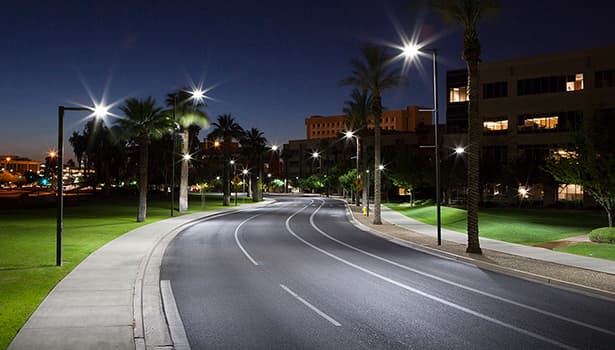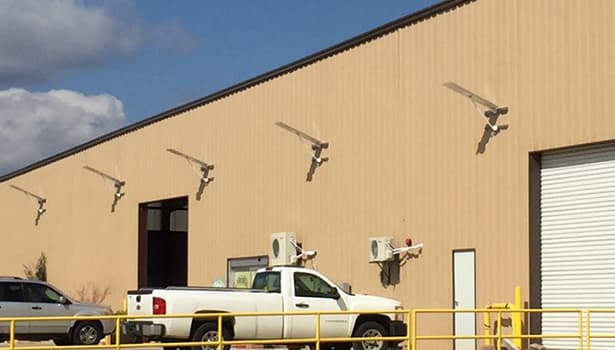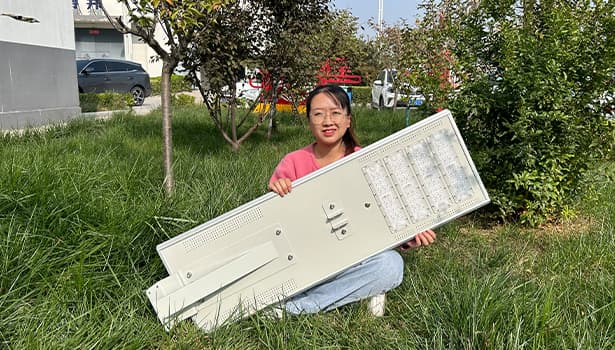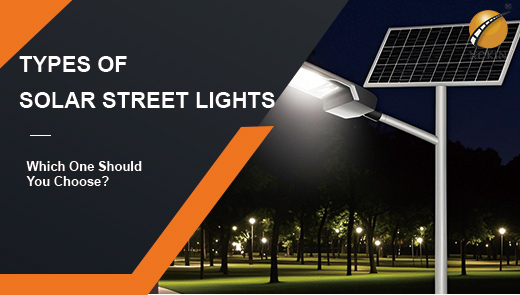Benefits of Solar Street Lights in Cities: Cost Savings, Eco-Friendliness, and High Efficiency
Feb 11, 2025
In modern urban construction, lighting systems are important infrastructure. By switching to solar powered street lighting systems, urban environmental pollution can be greatly reduced, and sustainable development can be promoted. This change not only gets rid of the dependence of traditional street lights on the power grid, but more importantly, it achieves energy self-sufficiency, fundamentally reducing the use of fossil fuels and corresponding carbon emissions. Next, solar street light manufacturers will introduce to you the benefits of solar lighting systems for urban construction from three aspects: economic value, environmental value, and lighting efficiency.




The popularity of solar street lights in cities is not only a reflection of technological progress but also a comprehensive choice of economic rationality, environmental responsibility, and efficient management. As the technology matures (such as photovoltaic conversion efficiency exceeding 25%) and costs decrease, solar powered street lights will become the core solution for urban lighting in the future. Its intelligent, efficient, and energy-saving characteristics help improve the level of urban infrastructure, promote the construction of smart cities, and accelerate the realization of low-carbon and livable urban development goals.

Economic value of solar LED street lights
1. Long-term cost savings
The energy source of solar powered LED street lights is free solar energy, and there is no need to access the traditional power grid, so there is no need to pay high electricity bills, which can save electricity bills for urban public lighting in the long term and reduce financial pressure.2. Low maintenance cost
Traditional electric street lights require complex circuit engineering, trenching, and wiring, which makes maintenance more difficult and expensive. Solar powered street lights are quick to install, simple in structure, and have a very low failure rate, so maintenance costs can be greatly reduced.3. Fast return on investment
It is undeniable that the initial investment of solar street lights is indeed much higher than that of traditional street lights. Still, due to the long-term savings in electricity costs and maintenance costs after being put into use, the cost can usually be recovered in 3-5 years.4. Policy support and subsidies
It is understood that governments in many countries in the world have introduced subsidy policies to promote green new energy. For example, in China, cities such as Beijing and Shenzhen provide 20%-40% financial subsidies for solar LED street light projects; the United States has been implementing investment tax credit policies since 2006. For relatively large power stations, the United States also implements power generation tax credit policies and provides certain tax exemptions for qualified solar power generation systems in the first 10 years of operation.
The environmental value of solar street lights
1. Reduce carbon emissions
Energy conservation and emission reduction are important ways to promote sustainable development. The carbon emissions generated by traditional lighting systems are very large. The average annual power consumption of traditional street lights is about 500 degrees. After switching to solar powered outdoor street lights, each lamp can reduce 300-500 kilograms of carbon dioxide emissions per year. If a city replaces 10,000 traditional street lights with solar lamps, the annual emission reduction is equivalent to planting 50,000 trees.2. Save resources and zero pollution
Solar street lights use clean solar energy and do not require coal-fired power generation, which can significantly reduce sulfur oxides, nitrogen oxides, and air pollutants. In addition, since solar LED street lights do not require digging trenches for wiring when installed, they can avoid damaging the soil and ecology caused by cable laying. This makes solar powered street lights especially suitable for ecologically sensitive areas (such as wetlands and parks).3. Promote sustainable development
Solar energy is a clean renewable energy source. The use of solar energy in lighting systems meets the needs of global carbon neutrality and green development and is conducive to promoting the adjustment of energy structure and sustainable development.
Lighting efficiency of solar street lights
1. High brightness and stability
Modern solar powered LED street lights use high-efficiency LED light sources with a light efficiency of 120-150 lumens/watt (traditional sodium lamps are only 60-80 lumens/watt), with higher brightness and softer light. In addition, they are equipped with intelligent controllers that can automatically adjust the brightness (such as reducing power when there are few people and vehicles at night), effectively extending battery life.2. Intelligent management
Modern solar powered outdoor street lights support remote monitoring. The status of street lights (power, faults) can be monitored in real time through the Internet of Things technology, reducing the cost of manual inspections. The lighting time is automatically adjusted according to the season and weather (such as turning on in advance on rainy days) to provide people with stable and sustainable lighting.3. Energy independence
In remote areas or areas with unstable power grids (such as mountainous areas and islands), it is difficult and costly to install traditional street lights, and they are easily affected by power grid failures. Solar LED street lights can be independently powered and can be installed in these areas to provide stable lighting for the local situation and avoid the risk of power outages.
The popularity of solar street lights in cities is not only a reflection of technological progress but also a comprehensive choice of economic rationality, environmental responsibility, and efficient management. As the technology matures (such as photovoltaic conversion efficiency exceeding 25%) and costs decrease, solar powered street lights will become the core solution for urban lighting in the future. Its intelligent, efficient, and energy-saving characteristics help improve the level of urban infrastructure, promote the construction of smart cities, and accelerate the realization of low-carbon and livable urban development goals.




